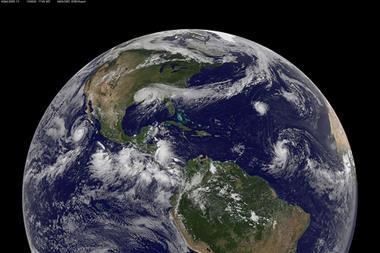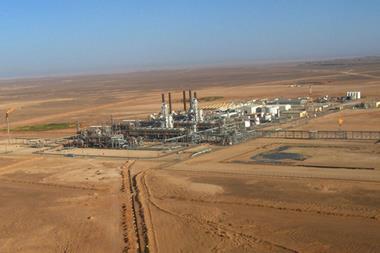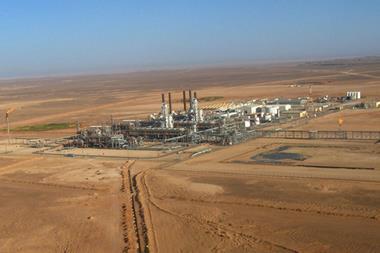by Anthony Murtagh
Earlier this month, the World Economic Forum (WEF) released its eighth annual Global Risks Report, which lists the top global threats identified by a survey of more than 1,000 experts.
Like last year’s report, severe income disparity and major systemic financial failure were listed as the top causes of concern. After the extreme weather events of 2012, rising greenhouse gas emissions and failure of climate change adaptation were the next biggest threats over the next decade.
The report’s linkage of these two risks was of even greater importance. “Two storms – environmental and economic – are on a collision course,” said Oliver Wyman chief executive John Drzik at the launch of the report. “If we don’t allocate the resources needed to mitigate the rising risk from severe weather events, global prosperity for future generations could be threatened.”
However, with one eye on the StrategicRISK 2013 Risk Report, what is fascinating are some of the new risks highlighted by the WEF; in particular, the report’s discussion of ‘digital wildfires’ – the rapid dissemination of harmful or damaging information via the internet.
The report cites the anti-Islamic video made in the US in September last year as an example. After it was uploaded onto the internet, riots spread across Northern Africa and the Middle East, which resulted in several deaths.
This example is all the more significant considering that despite on-air condemnation from US president Barack Obama, the short film is still available to watch on YouTube after Google announced that the film “is clearly within our guidelines and so will stay on YouTube”.
The video-sharing website voluntarily blocked the video in Egypt and Libya and was forced by national laws to restrict access in Indonesia, Malaysia and Saudi Arabia. However, by the time this was done much of the damage had been done.
While the internet has brought tremendous benefits to people all across the globe, the potential damage caused digital wildfires also reveals the risk of misuse. Whether it’s in the build-up to a national sporting event or religious holiday, it is a tool that can be used to upset many people in a short space of time.
As political and societal tensions continue to grow across the globe, it is only reasonable to expect that incidents of digital wildfires will increase in their frequency and effect.
To view the StrategicRISK 2012 Risk Report click here.




















No comments yet